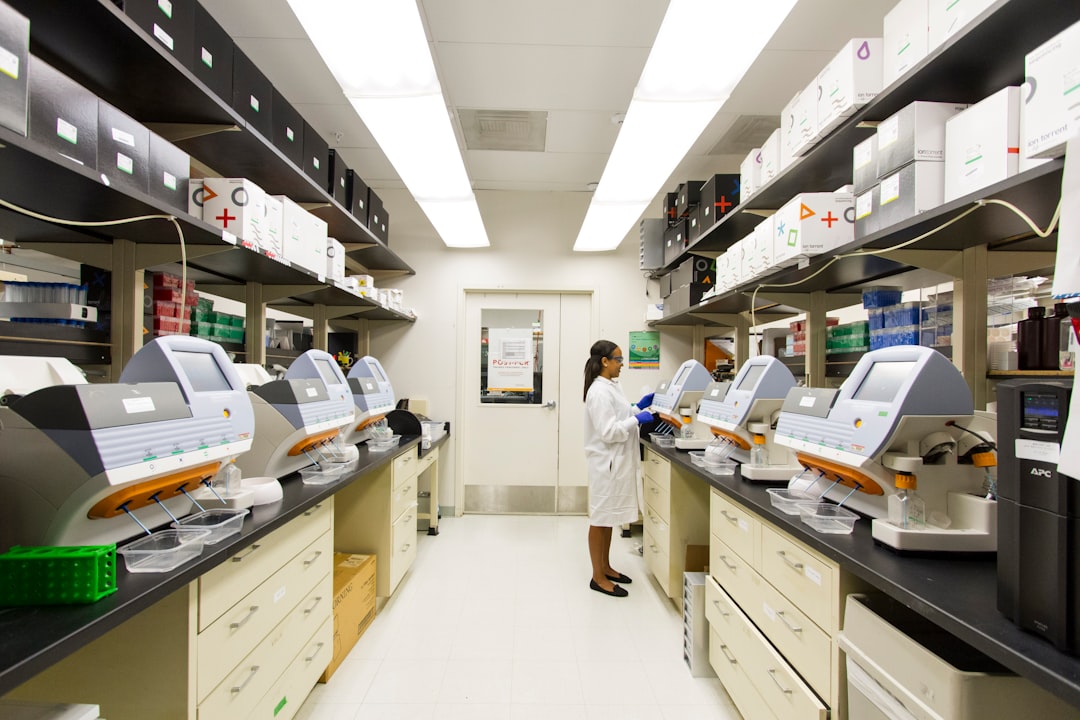What is it about?
We studied the male-male aggressiveness in a wild population of blue tits. To do this, we: 1) Described the different types of male-male aggressive displays within this population 2) Assessed what makes a male display the different types of display. Do they attack more when they are young? Are cautious individuals older? Is habitat structure or territory quality related to the way a male defends its nestbox? 3) Studied whether male-male aggressiveness affected the arrangement of individuals in the breeding territories. Do aggressive males group in the better areas? Do they avoid breeding next to each other?
Featured Image

Photo by Svetozar Cenisev on Unsplash
Why is it important?
Overall, our results suggest that (1) aggressiveness is not inherently an intrinsic trait, but it is context-specific and modulated by ecological factors, and (2) that this may allow individuals to have access to different resources at different points in time. We also found that aggressiveness doesn't determine the spatial arrangement of male blue tits in their territories.
Read the Original
This page is a summary of: Conspecific aggression strategies are conditioned by environmental, social and intrinsic variables in breeding blue tits Cyanistes caeruleus, Behaviour, July 2021, Brill,
DOI: 10.1163/1568539x-bja10111.
You can read the full text:
Resources
Contributors
The following have contributed to this page










